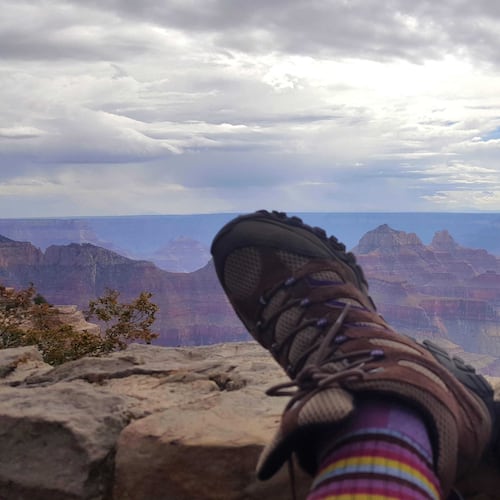As next month approaches, anticipation for the 2024 total solar eclipse has set in. The eclipse, which will take place April 8, will be visible from Mexico through Canada, casting a brief moment when day momentarily turns to night.
Many describe it as not just awe-inspiring but possibly even spiritual, though it comes with its own set of risks.
April’s eclipse is expected to surpass the 2017 event in several ways. Notably, the totality’s shadow will be double the width, making it more accessible for viewers in various states. Additionally, the duration of totality — the period the moon completely obscures the sun — will extend to more than 4 minutes at many sites, nearly double the length of the last event.
“And I think even more importantly, 2024 passes over a much bigger population,” Ernie Wright, who works in NASA’s Scientific Visualization Studio, told Vox. “More than twice as many people actually live in the path and don’t have to go anywhere to see it.”
If you’re lucky enough to be in the U.S. path of the eclipse — stretching from Kerrville, Texas, to Houlton, Maine — you’re in for a treat. But for those in smaller towns along the way, while you’re set for some pretty cool and intimate views, brace yourselves for a bit of a challenge.
With lots of eclipse chasers heading your way, emergency officials are saying it’s smart to stock up on food, water gas and other basics. These places, which are often not the easiest to get to or have a ton of resources, could become jam-packed, with the chance of hitting some serious traffic and putting a strain on what’s available locally.
“The millions of people drawn to locations along the eclipse path taxed limited transportation facilities, and traffic congestion was intense in many locations,” Jonathan Upchurch, transportation engineering consultant, explained in Transportation Research News, IFLScience reported.
“Across the country, Interstate highways near the path of totality experienced traffic congestion shortly after the eclipse, with longer-than-normal travel times on Interstate highways. For example, travel from Casper, Wyoming, to Denver, Colorado — normally a 4-hour trip — took 10 hours or more,” Upchurch continued. “Traffic congestion on rural Interstate routes lasted for up to 13 hours after the eclipse.”
So, grab your eclipse glasses, choose wisely when picking a site and plan accordingly. This is the last total solar eclipse visible in the lower 48 states until 2044, NASA reported.
If you’ve been waiting to catch one in the U.S., this is your golden opportunity. To help you out, here are Astronomy.com’s top 20 picks for the best spots to watch the 2024 total solar eclipse.
About the Author
Keep Reading
The Latest
Featured



